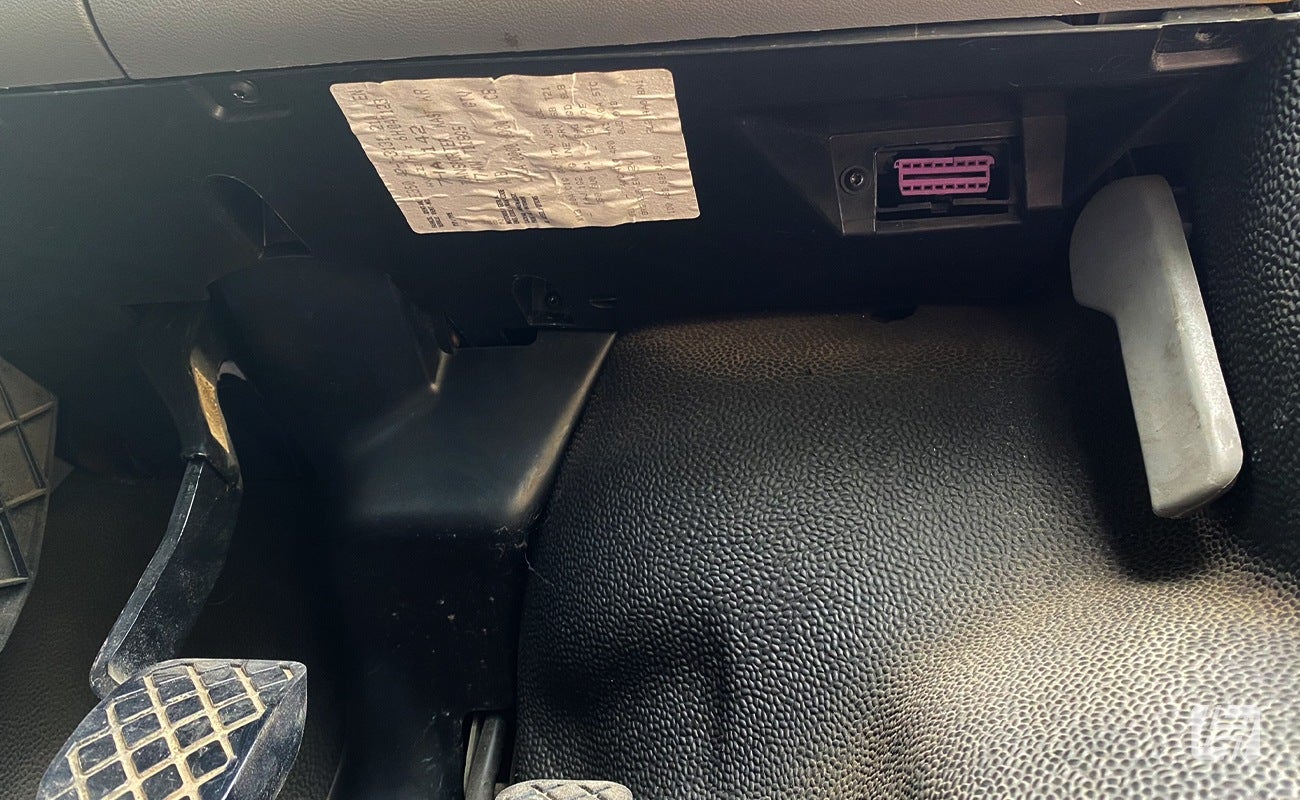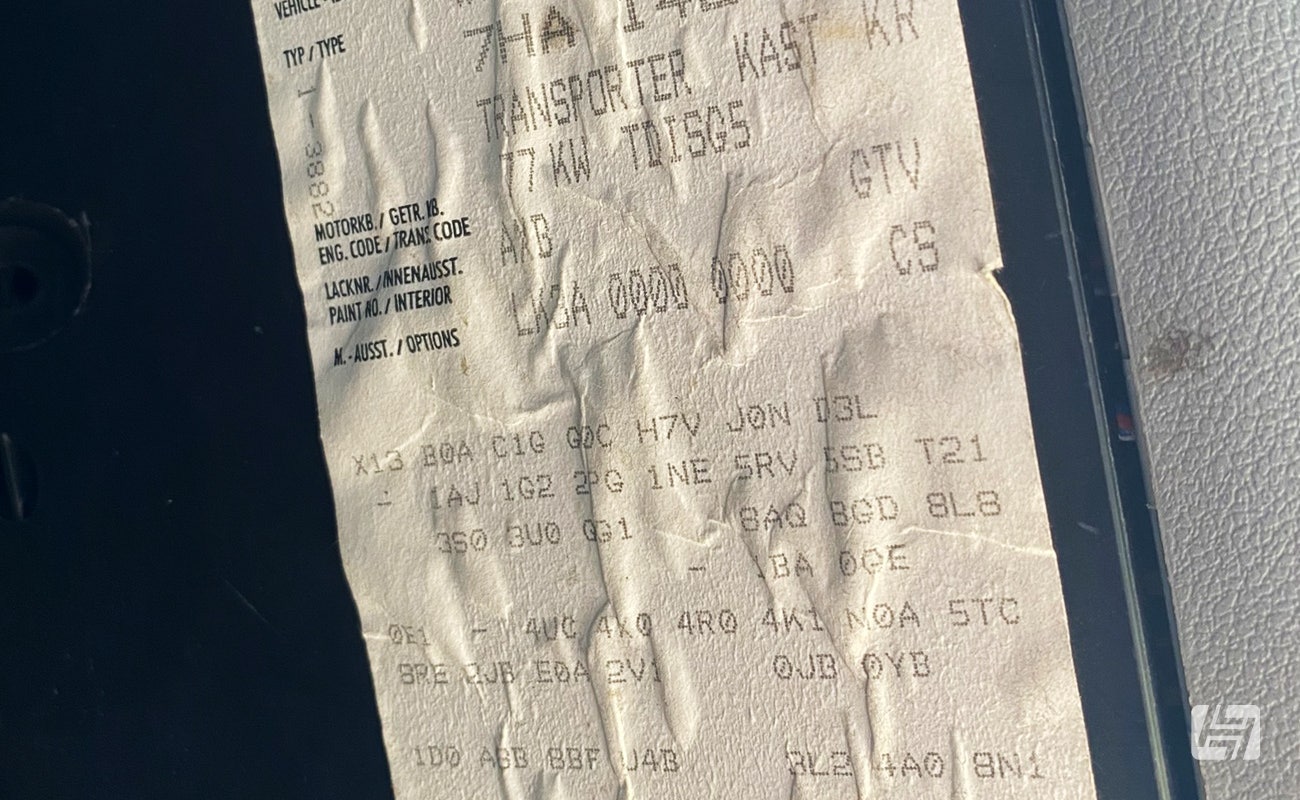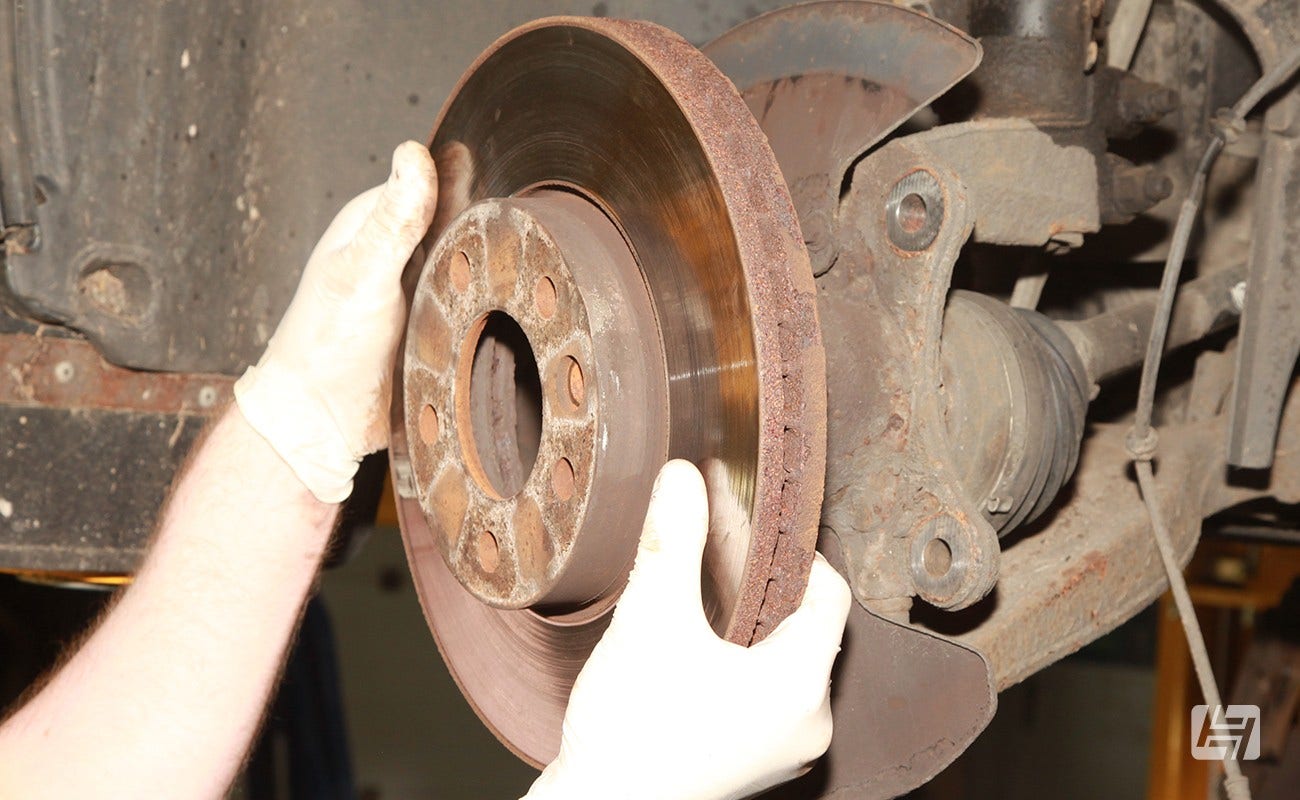Understanding VW PR Codes
Introduced in 1999, Volkswagen's PR Codes are production codes used to identify the original equipment fitted to modern VW and VAG group vehicles.
If you are the owner of a newer Volkswagen, perhaps trying to correctly identify parts for your vehicle, read on. This article is for you.
How to find the PR code for my VW?
The good news is Volkswagen, Audi, SEAT, and Skoda handily print the specific PR codes on a paper sticker and attach a version to your Service book and affix a second on the vehicle bodywork, typically on the inside the spare wheel well or trunk floor in passenger vehicles, and to the side or underneath the dashboard on commercial vehicles like the T4 and T5 Transporters.
Once you have located the sticker, take a photograph on your phone so you always have a copy with you, should you need to order parts away from your vehicle.
There are a number of online resources for decoding what all the codes mean. This site seems as good as any, and also offers an engine code decoder too.


What information will a PR code tell me?
PR codes are made up of 3 characters, a mix of letters and numbers and are similar to DNA in that they indicate what specification your VW Group vehicle had when new.
They can reveal the size of wheels first fitted and what power alternator should be installed through to less technical options like whether the mirror glass is convex or which rear seat configuration the first purchaser picked.
It is likely to be the PR codes relating to brakes and suspension that will be of most use to you, especially when sourcing parts.
Here are just a few examples of the codes and what they mean from the sticker below:
X13 - Equipment options for Europe, right-hand drive vehicles
C1G - Steel wheels 6.5J x 16"
G0C - 5 Speed manual transmission
D3L - 4 cylinder turbo diesel 1.9 l/ 77kW
5SB - Left exterior mirror, convex and wide angle
8GD - 90 amp Alternator
The code C1G references 16" wheels and that is likely to limit the size of brake discs that can be fitted behind them. Larger brake discs may have been fitted to vehicles with 17" or 18" wheels as standard.


Using your PR code to order parts
When browsing our website or a parts catalogue you will find references to PR codes. These might be written as PR-XYZ where XYZ is the code relating to that part, identified on the sticker.
It is worth noting, that these codes will only be correct whilst the vehicle remains as originally built. If you or a previous owner have modified your VW T5 brakes for example and fitted larger discs and changed the calipers the PR code will no longer be relevant to the parts you need to buy.


What to do if you can't find your PR code?
Whilst the PR code sticker is both in the vehicle and with your service documentation, you may have bought a vehicle that no longer has either of these.
There are a few options for you when wanting to source parts. It might be possible to find the correct specification of your vehicle from the VIN number and registration.
Alternatively, you'll need to get a tape measure or vernier gauge out and physically measure the parts in question to ensure you get the right ones.
You can find our contact form here should you require any help identifying the correct parts for you.
Hope this helps.
Andy




 Beetle
Beetle
 Karmann Ghia
Karmann Ghia
 Type 2 Split
Type 2 Split
 Type 2 Bay
Type 2 Bay
 Type 25
Type 25
 Transporter T5
Transporter T5
 Golf Mk1
Golf Mk1
 Golf Mk2
Golf Mk2


 911
911
 996
996
 997
997
 986 Boxster
986 Boxster
 987 Boxster
987 Boxster
 912
912
 944
944
 924
924


